Africanised bees are notorious in the Americas for their aggressive behaviour, but these fierce little pollinators may be the answer to declining honeybee numbers.
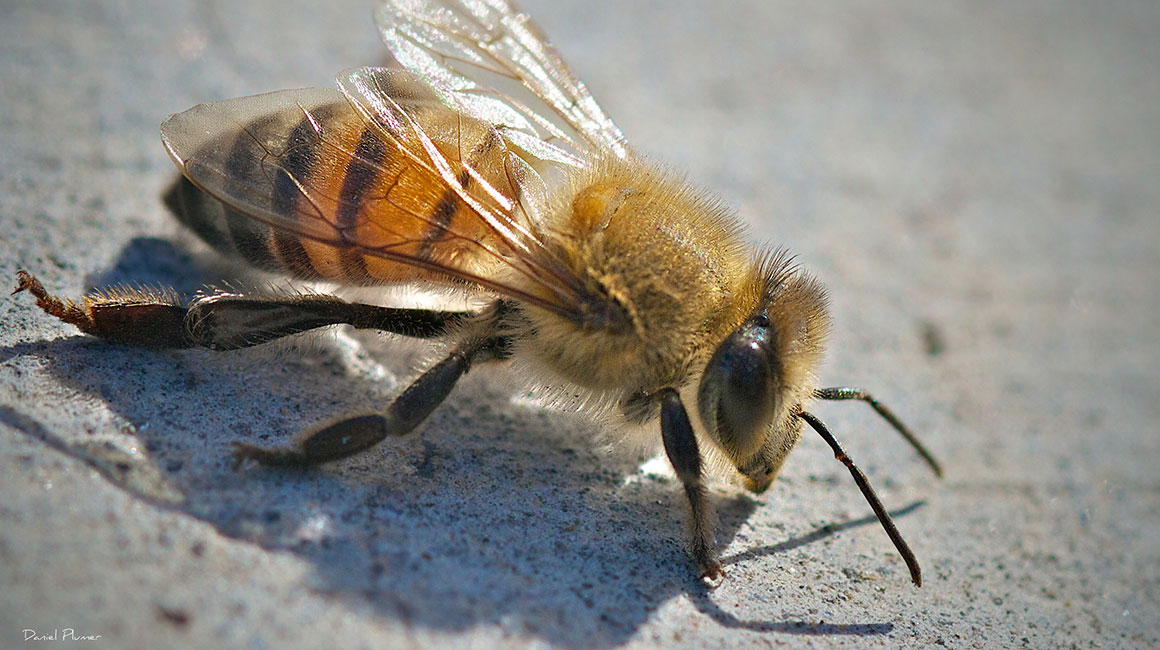
Africanised bees are a man-made hybrid species that are far more hostile than European bee species © David Plumer Via Flickr (CC BY 2.0)
Their demeanour has earned them the terrifying nickname of 'killer bees', but relatively few deaths are caused in proportion to the number of colonies.
Known only in North, Central and South America, Africanised honeybees (Apis mellifera scutellata Lepeletier) are a human-bred subspecies, first bred by scientists in Brazil to be a new honey-producing champion for warmer climates.
Family-oriented and nest-proud, these bees will aggressively defend their hive, and they have a tendency to go all out when responding to a threat.
Genetically modified bees
In 1956, Brazilian geneticist Dr Warwick E Kerr began to interbreed subspecies of the western honeybee. He chose a selection of European honeybees and the African honeybee (A. m. scutellata) in an effort to improve honey production in Brazil.
The ambitious scientist aimed to isolate traits of each species and breed them into a new subspecies, combining the European bees' greater honey yields with the African honeybees' adaptation to warmer climates.
However, the new hybrid bees also took on a less desirable trait from their African relations: their aggression.
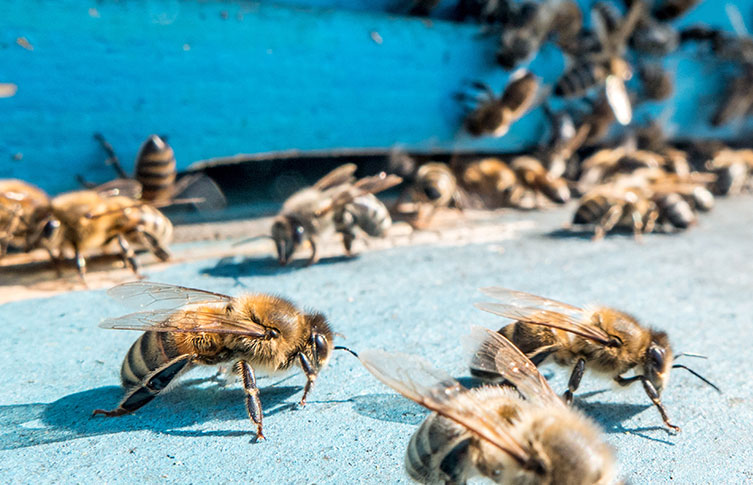
European honeybees are widely used in commercial honey production. They are calmer than African honeybees and produce more honey. © Jaroslav Moravcik/ Shutterstock
African honeybees are much more hostile than European varieties, as their natural environment has far more predators looking to destroy hives for honey. Coordinated defensive manoeuvres enable African bees to better fend off these attacks.
Free bees
In 1957 around 20 colonies of the new Africanised bees escaped captivity in Brazil. They established new colonies in the area and also invaded local hives.
Hardy and adaptable, these bees aren't fussy when choosing a new home. They will settle into both natural nest sites and man-made structures.
The subspecies began spreading northwards from Brazil, through South and Central America and into the United States. They were recorded as having reached Texas in 1990 and California in 1994.
These bees were bred to cope with warm climates, so their invasion is limited by cooler temperatures further north. But if winters become milder, they may be able to continue their expansion northwards.
Strength in numbers
Despite their name, a single killer bee is no deadlier than any other honeybee subspecies. They are in fact smaller than other honeybees, have shorter wings and carry less venom.
The major difference lies in their nest defence.When an ordinary European honeybee colony is threatened, around 10% of the bees will venture out to protect the colony's home.
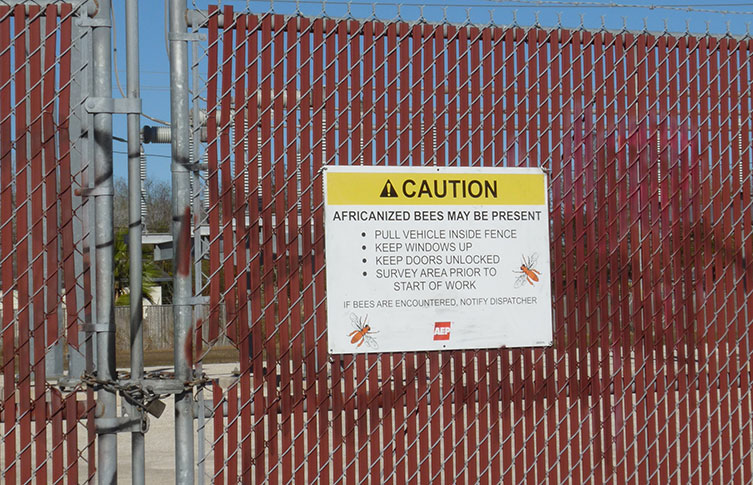
Africanised bees are sensitive to vibrations, sometimes mistaking them for approaching predators © Terry Ross Via Flickr (CC BY-SA 2.0)
By comparison, killer bees often all but empty their nest. There are even reports of swarms of 300,000 to 800,000. With each sting, a pheromone is released, signalling for more bees from the colony to join in the onslaught.
It is estimated that around 1,000 stings could kill an adult human. As Africanised bees attack in numbers far exceeding that figure, their nickname comes as no surprise.
These bees are also very determined. Human victims have reported taking refuge underwater to avoid the stings - but the bees are willing to wait. The insects are alleged to have continued their assault when their targets came up for air.
They don't attack for the sake of it, only stinging in defence when they believe their colony is at risk.
But they are also acutely sensitive to vibrations. The bees seem to occasionally mistake neighbours for foes, resulting in attacks on humans, livestock and other animals.
Resisting colony collapse
Western honeybee numbers have been in decline, especially in the United States where beekeepers reported losses of up to 44% from 2015 to 2016. The rate of loss now appears to be reducing, however.
Their decline is attributed to factors including pests, pesticides, disease, climate change and habitat destruction.
Colony collapse disorder (CCD) is a symptom of this decline. CCD causes the majority of worker bees to permanently leave their home - leaving the queen, the young and a few nurse bees.
Studies have shown that pesticide residues can cause navigational failure, with the bees getting lost and unable to find their way home.
Another suggested theory of CCD is infestations of Varroa mites, which weaken bees by feeding on their bodies.
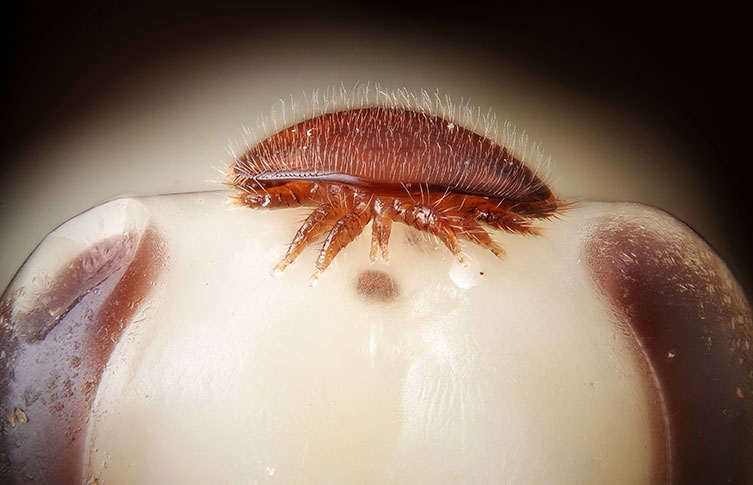
A Varroa destructor mite on the head of a bee pupa. The mite is approximately two millimetres wide. © Gilles San Martin Via Flickr (CC BY-SA 2.0)
Killer bees, on the other hand, seem to be more resistant against the factors causing CCD.
In Puerto Rico it was noted that compared to European species, the Africanised bees groomed for longer periods - often more effectively - biting and damaging Varroa mites.
It has therefore been considered that resistant killer bees could help solve the problem of western honeybee decline. But the hybrid's poor reputation remains a challenge.
The aggressive nature of the Africanised honeybee would have to be bred out of the species before it could be used commercially, as was likely Kerr's plan before things went awry.
A softer side
Calmer Africanised bees are now occurring in the wild, naturally doing what Kerr's breeding program failed to do.
A study in 2012 found that Africanised bees in Puerto Rico were less aggressive than those on mainland North America.
The bees first invaded the island in 1994, but they appear to have become more docile over time, with no fatalities in recent years - although perhaps the people of Puerto Rico have just learned to live with their new neighbours.
It is thought that when the bees invade an island, they are faced with new, specific challenges to which they must adapt.
For example, because of an absence of natural predators in Puerto Rico, the bees had no reason to be so aggressive. This may have resulted in aggression being naturally bred out over a number of generations.

What on Earth?
Just how weird can the natural world be?

More fascination to feed?
Learn from top experts with our on-demand, online courses, designed for all levels of interest in the natural world.
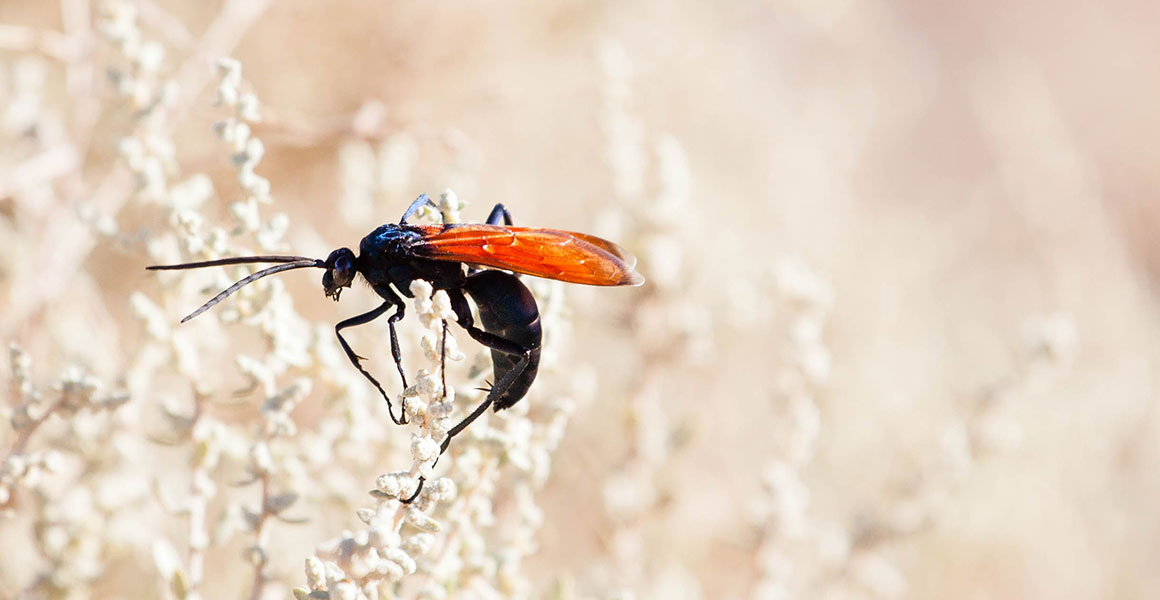
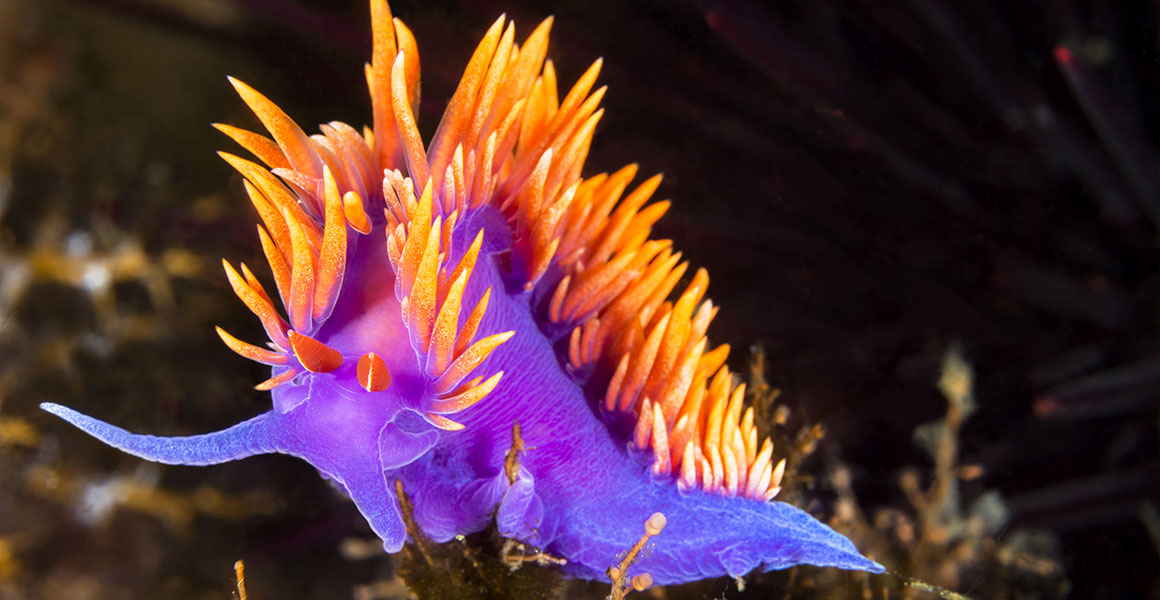


Don't miss a thing
Receive email updates about our news, science, exhibitions, events, products, services and fundraising activities. We may occasionally include third-party content from our corporate partners and other museums. We will not share your personal details with these third parties. You must be over the age of 13. Privacy notice.
Follow us on social media